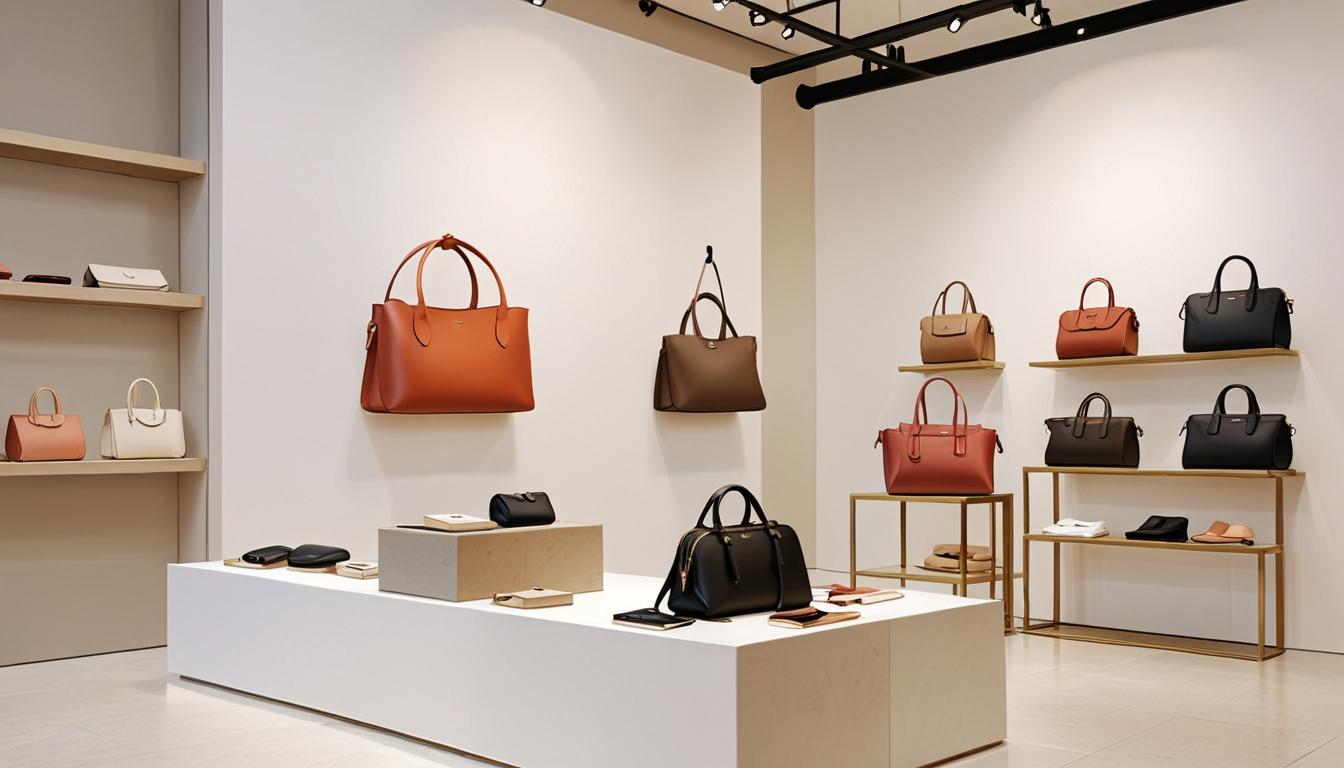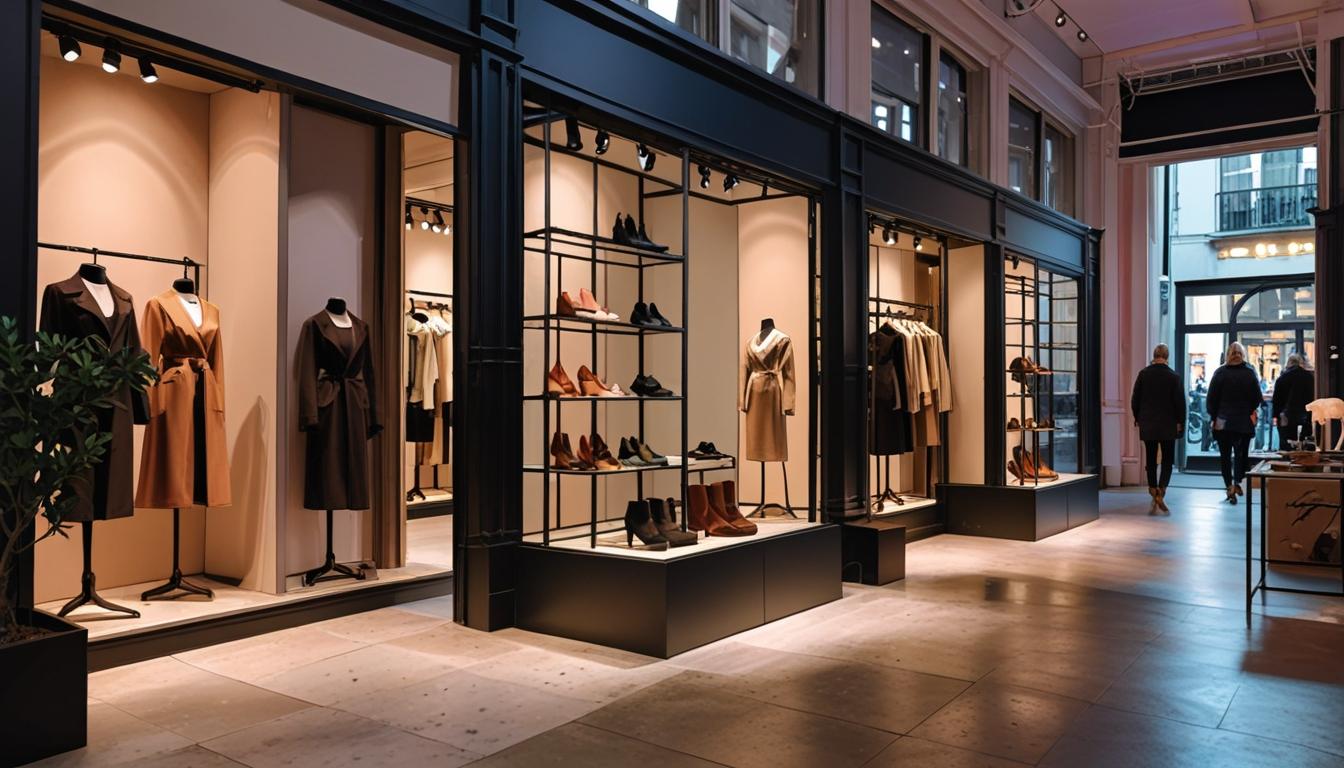San Francisco-based fashion brand Cuyana balances growth and profitability while emphasizing quality and sustainability in its product offerings.
San Francisco-based fashion brand Cuyana, founded in 2011 by Karla Gallardo and Shilpa Shah, has established a solid reputation within the industry for its “fewer, better” ethos. The brand is recognized for creating high-quality, timeless essentials for women, including apparel, bags, and accessories, all while maintaining a strong commitment to sustainability and ethical partnerships.
Cuyana’s approach to growth diverges significantly from the rapid expansion tactics often employed by many direct-to-consumer brands. The company has prioritized profitability and intentional growth, which has allowed it to navigate industry shifts and economic challenges effectively. “Even though we’ve been a part of this cohort of digitally native brands, we’ve done things slightly differently; we believed in retail from day one when no one believed in it, we believed in profitability when other brands were growing at all costs,” Gallardo shared, highlighting the brand’s resilience during troubled times.
With a growing portfolio since its inception, Cuyana’s stability can be attributed to its steadfast commitment to craftsmanship and quality. Gallardo remarked on the brand’s consumer loyalty, stating, “If you see somebody wearing Cuyana and you ask them, ‘Is that a Cuyana?’ there’s a love for the brand that’s just very, very strong.”
Retail has been a fundamental part of Cuyana’s strategy. The company has always envisioned physical retail spaces for customers to experience the quality of its products firsthand. Starting with an office store in San Francisco’s Union Square, Cuyana has expanded to six locations across the U.S., including major cities such as Palo Alto, Los Angeles, Boston, and New York. Currently, retail accounts for 15% of the brand’s total revenue, with most stores achieving profitability within their first year of operation.
One of Cuyana’s latest stores opened in Malibu, representing its second location in the Los Angeles market. This store, designed as an intimate space focusing on leather goods, was met with challenges from day one. “Our opening day was the day of the fires,” Gallardo recalled, noting that the surrounding community was still recovering and foot traffic was limited. Despite this setback, Cuyana remains optimistic about the long-term potential of its Malibu location, given the robust customer base in the area.
The in-store experience at Cuyana locations offers unique opportunities for customers to interact with products. Each store features wooden objects that mimic their actual counterparts, allowing customers to feel the weight and size of bags as they would in real life. This hands-on experience enhances the customer shopping experience.
In recent years, Cuyana has honed its product focus, diminishing its apparel offerings to emphasize leather goods. “Our apparel offering actually has reduced as we’ve really homed in on leather,” Gallardo explained, revealing the brand’s strategy to refine and expand its best-selling styles rather than introducing entirely new categories. This is reflected in the brand’s popular tote bag, which has seen multiple iterations to improve functionality.
The Celestia bag has emerged as a standout product for Cuyana, drawing significant attention since its launch. After being initially offered in small batches to gauge demand, it has consistently sold out. The brand has since expanded the offering to include an oversized version and a mini size, reinforcing its strategy of deepening offerings in existing categories.
Looking ahead, Cuyana plans to expand its retail footprint further. During the COVID-19 pandemic, the company paused store growth to better understand evolving customer shopping habits. Gallardo noted the transformation in customer interaction, emphasizing the need to assess what adds value to the shopping experience. “Before Covid, we had a big community aspect in our stores… after Covid, is that what’s going to be value-added to the customer?”
Despite the challenges posed by rising digital marketing costs, Cuyana continues to recognize the effectiveness of physical retail as a customer acquisition channel. The refreshed retail strategy aims to address changing consumer needs while reinforcing the brand’s identity.
Cuyana’s growth strategy aligns with the practices of other brands like Rothy’s and Baggu, which have similarly adopted measured approaches in retail.
Cuyana has sold 1.3 million units of leather goods, boasting a consistent 90% sell-through rate. While the brand plans to minimize new launches, it will unveil new products in its upcoming fall collection, characterized by functional, elevated designs aimed at working women. Gallardo stated, “It’s really just the next iteration of our contemporary offering for this working woman,” reinforcing trust in the brand’s craftsmanship.
As Cuyana prepares for its next chapter, its leadership remains committed to growth grounded in core values centered around quality and timeless design.
Source: Noah Wire Services




